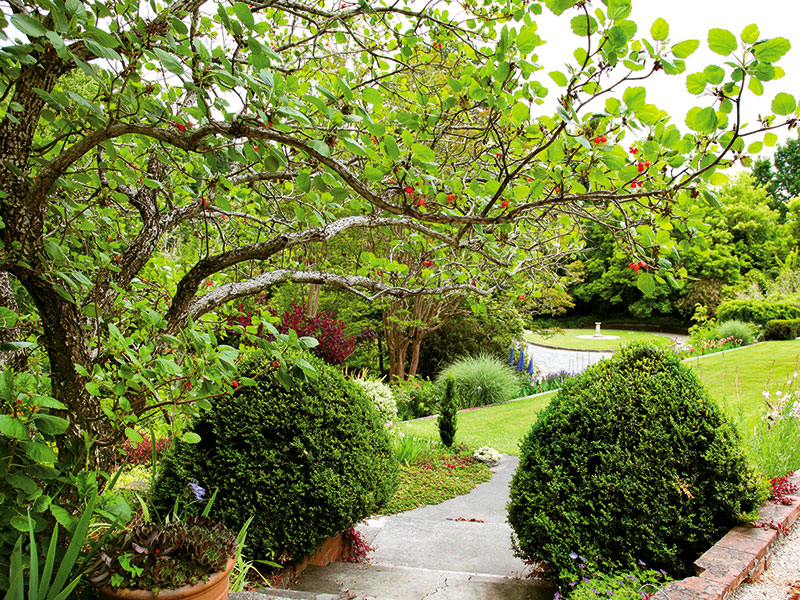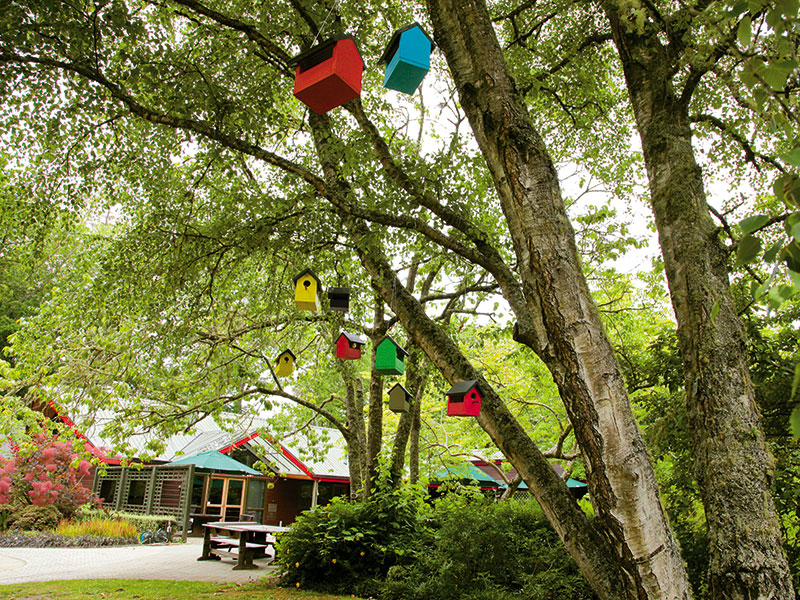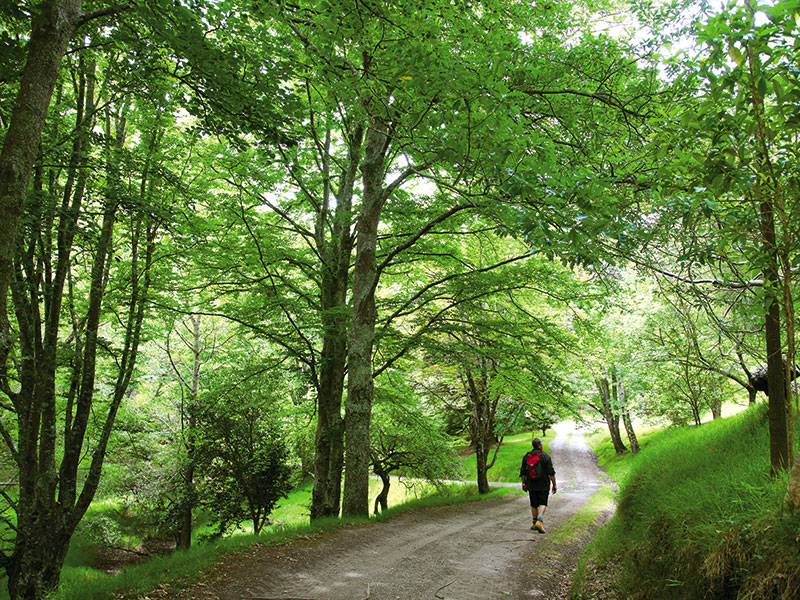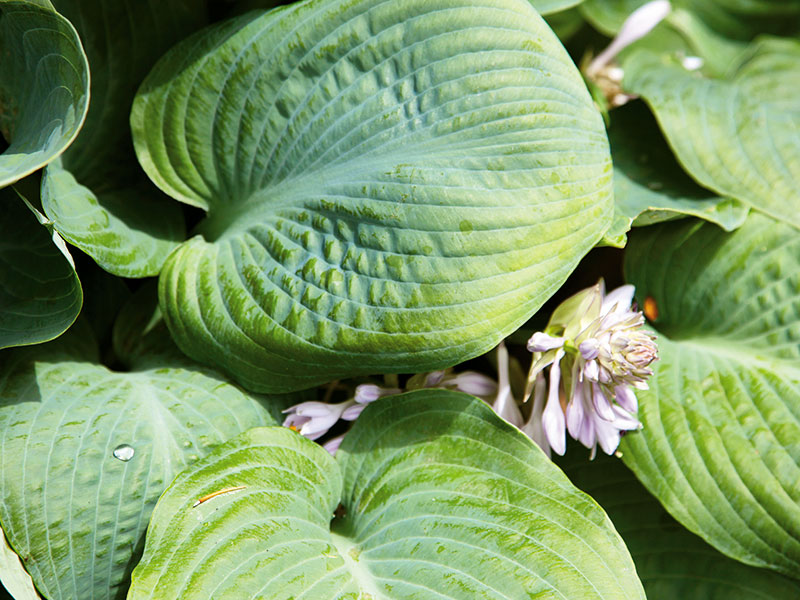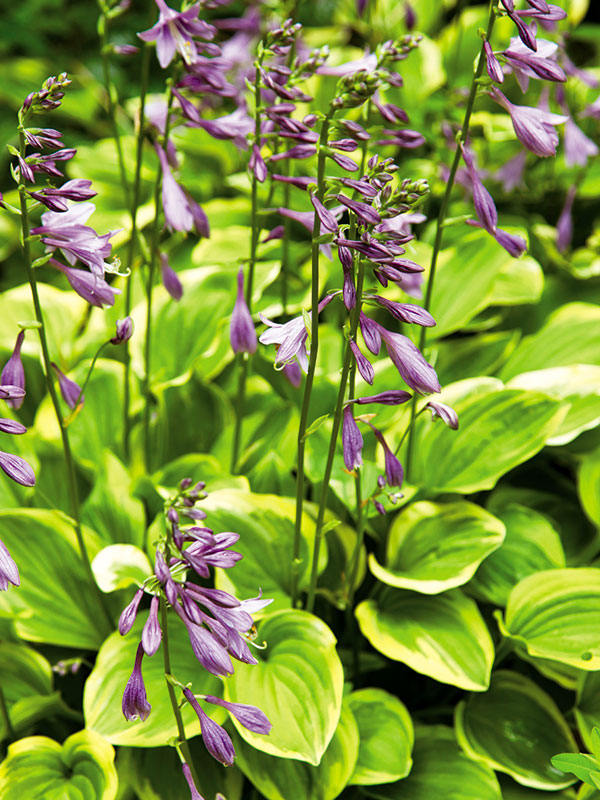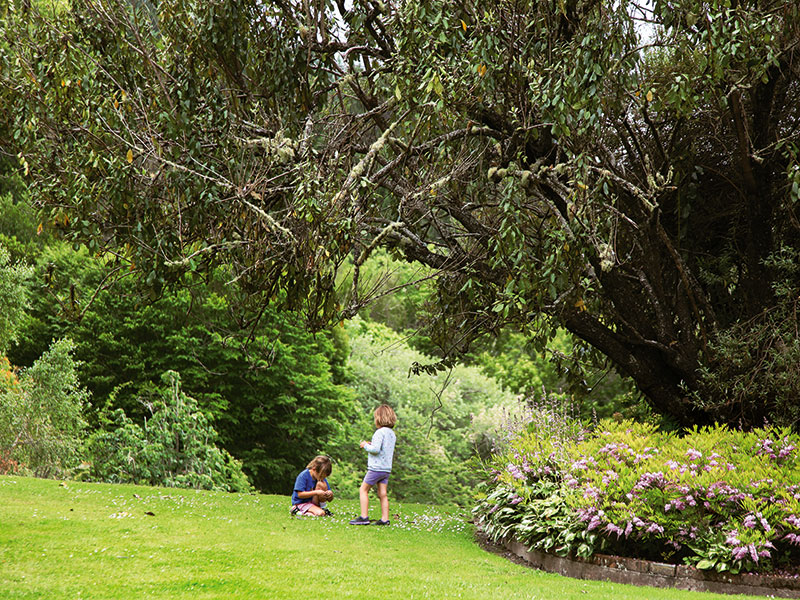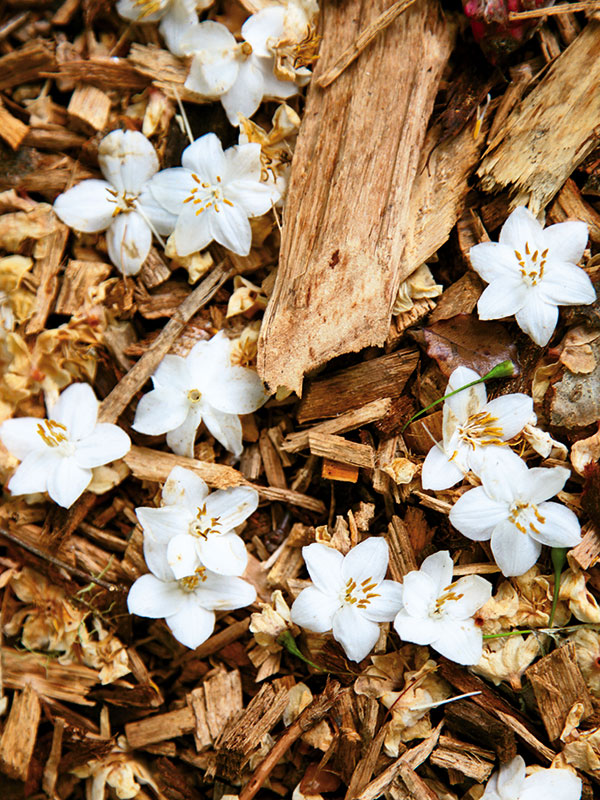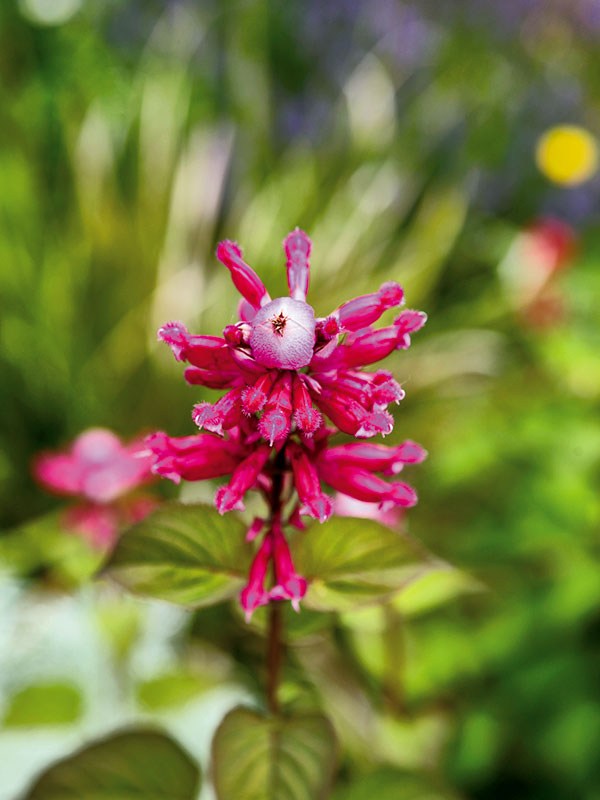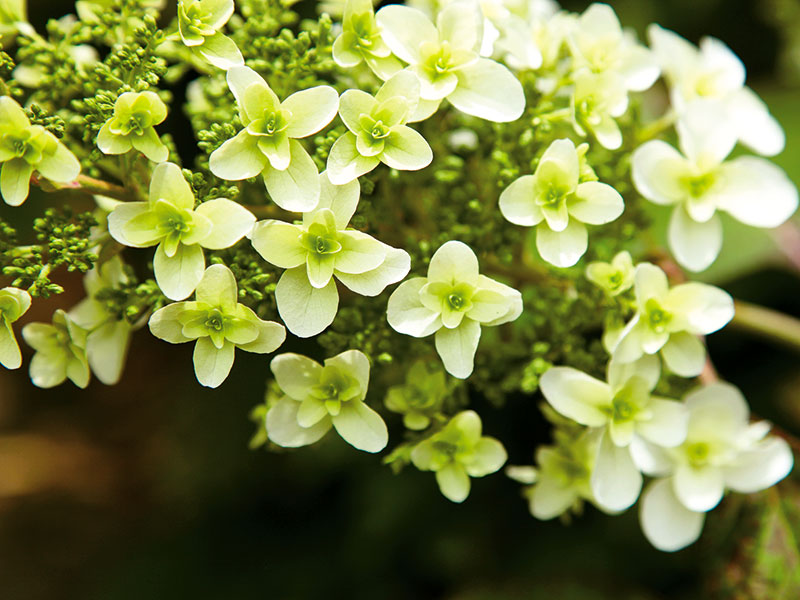Passionate plantsman, Douglas Cook set out solo on his mission to create marvellous woodland. Eastwoodhill Arboretum, which now thrives thanks to a team effort by those who love trees as much as he did, would have filled him with joy.
Cook's passion for growing things began when he was a young man, even before he won a land ballot for his 250 hectare farm at Ngatapa. A photograph from that time reveals a house located on a hillside with not a tree in sight. He soon set about creating a garden, plus woodlots for firewood and an orchard for fruit trees.
The arboretum is a 35-minute drive from Gisborne through the pleasant farmlands of the Ngatapa Valley. It is renowned for its autumnal glory but we visited it in early summer while seasonal growth was still fresh.
Last year 10,250 visitors passed through the arboretum. But apart from some little girls making daisy chains on the lawn of the homestead garden, we saw no one else that day.
Our map shows a network of colour-coded trails – which way should we go? We decide on the Yellow Walk, which gives us views of most of the park, but first, we linger in the homestead garden and admire perennial borders burgeoning with tall violet delphiniums, hostas, agapanthus, brilliant red and pink canna lilies, salvia and daisies. A tree with sinewy, crackly looking bark growing in one of these borders reminds me of a children's book, 'The Magic Faraway Tree,' by Enid Blyton. It turns out to be a Crepe Myrtle (Lagerstoemia).
Thanks to informative signage we are able dip into the history of this place; it informs and adds another dimension to our meanderings. I feel as if Cook is walking beside us as we explore.
Having been injured while fighting in WW1 and needing to recuperate, Cook visited some notable gardens in England and became truly inspired. He became determined to put into action a more ambitious plan for his property and did not waver from that. I can imagine his experience on Europe's bloody battlefields also inspired him to create a place of peace and beauty. Towards the end of his life, his biggest concern was the preservation of the forest he and his loyal helpers had worked so hard in.
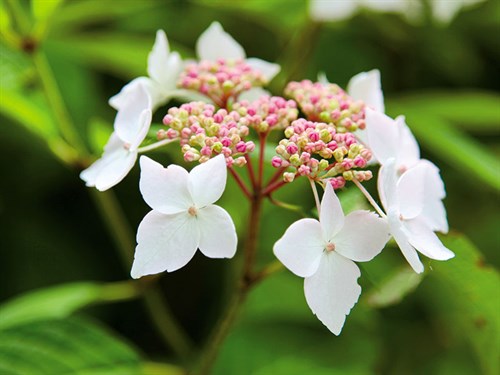
We pass a gigantic coastal redwood and crane our necks upwards to take in its height – measured at 39 metres in 2002. Bill Crooks, who worked at Eastwoodhill alongside Cook for 47 years, planted it. According to the sign, the tree was heeled in by Crooks in the nursery that was once located in the lower garden. He came to Eastwoodhill in 1926 and stayed working here after Cook died and worked for HB Williams (who bought Eastwoodhill) until he retired in 1974. Williams said it was the first tree Crooks planted here. It was never moved to a permanent location, so here it remains a memorial to the loyal service of Crooks. Without his reliability and faithfulness, Cook would never have been able to build the Eastwoodhill that he did before he died in 1967.
As we walk I wonder at the effort that not only went into sourcing, planting and maintaining trees but in cutting the tracks. Cook spent a fortune on trees and plants of all species. Farming, obviously, was a means to an end and only served to fund his one true love.
An abandoned concrete circle in a peaceful glade of Liquid Amber and Roman cypress is the result of an attempt in the 1940s by Cook to design a fountain that would be the centrepiece of an area for poetry recitation. However as the trees grew, their roots caused the concrete to crack; consequently the fountain couldn't hold water, so the idea was abandoned. The breeze blowing through the canopy above sounds so much like water flowing I have to stop to hear it more closely, "Shussshhhhh," it seems to say, "slow down, enjoy, look and listen."
Near a camellia bush, a turkey hen is all in a dither, calling to her babies to stay close to her side. The tinkling bellbird drops sweet notes into the forest and a magpie 'quardle oodle ardles' in the distance.
A carpet of delicate white flowers at my feet causes me to search upwards for the tree they have cascaded from. The sign tells me it's a Japanese Snowbell.
The treeman sculpture made of metal, commands attention on an open hillside. His body is a thing of rusty beauty, all fine detail, twisted and textured. Created by sculptor James Wright, it's a recent addition to the park and depicts 'the morphing from man to land, respecting and protecting our environment and working together as one.'
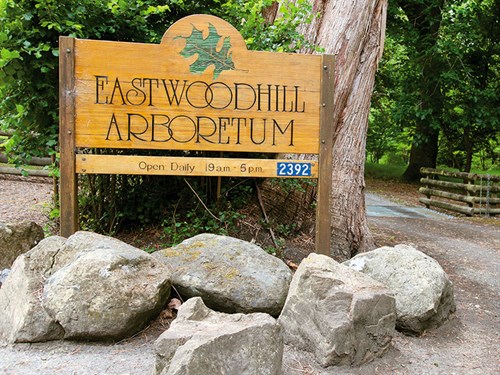
Our feet crunch on paths newly laid with wood chips. It seems as if we have stayed on flat ground but following the trail a little further we find a seat that offers us a bird's-eye view of where we've come from. We are surprised at how high up we are. The highest point in the forest is 297 metres and here we are at 170 metres, looking through a portal of foliage towards a bare green hill grazed by cattle. This view offers a reminder of how this land would have been had Cook not begun his odyssey.
People used to puzzle at this eccentric tree-lover and couldn't understand what he was on about, especially in the early days. It was only later that his vision began to make sense. When I read a sign that says, 'Cook unsettled the bulldozer driver who had never before encountered an employer not wearing clothes' I am immediately intrigued and when I ask at the visitor's centre, it is verified that sometimes Cook liked to work without a stitch on, save for a boot on one foot for digging.
Near the end of his life, Cook worried about the future of his beloved arboretum. But help was at hand in the form of Bill Williams, another lover of trees and a man of vision. He bought the property in 1965. Cook remained here and passed away in 1967. Eastwoodhill was established as a trust in 1970 and Williams gifted the land to the trust in 1975 for the enjoyment of all interested in horticulture.
Fast facts about Eastwoodhill
- The botanical collection planted by Douglas Cook is regarded as the largest and most comprehensive collection of Northern Hemisphere trees south of the equator. This collection could never be imported today due to stringent biosecurity restrictions, hence its great value to New Zealand and the wider world. This value has been recognised with the acknowledgement of Eastwoodhill as the 'National Arboretum of New Zealand'.
- Over 55 years at Eastwoodhill, it is estimated Cook brought in about 5000 different species and cultivars of trees and shrubs.
- Eastwoodhill was established as a trust in 1970 and Williams gifted the land to the trust in 1975 when the Eastwoodhill Trust Act was passed.
- In 2004, Eastwoodhill Arboretum was recognised as a 'Garden of National Significance' by the NZ Garden's Trust.
- Size: 135 hectares and over 25 kilometres of tracks.
- Fully self-contained motorhomes can park here at a cost $10/night.
- Eastwoodhill Arboretum is located at 2392 Wharekopae Rd, Ngatapa, Gisborne. Phone (06) 863 9003
For the latest motorhome reviews and road trip destinations, subscribe to Motorhomes, Caravans & Destinations magazine here.

